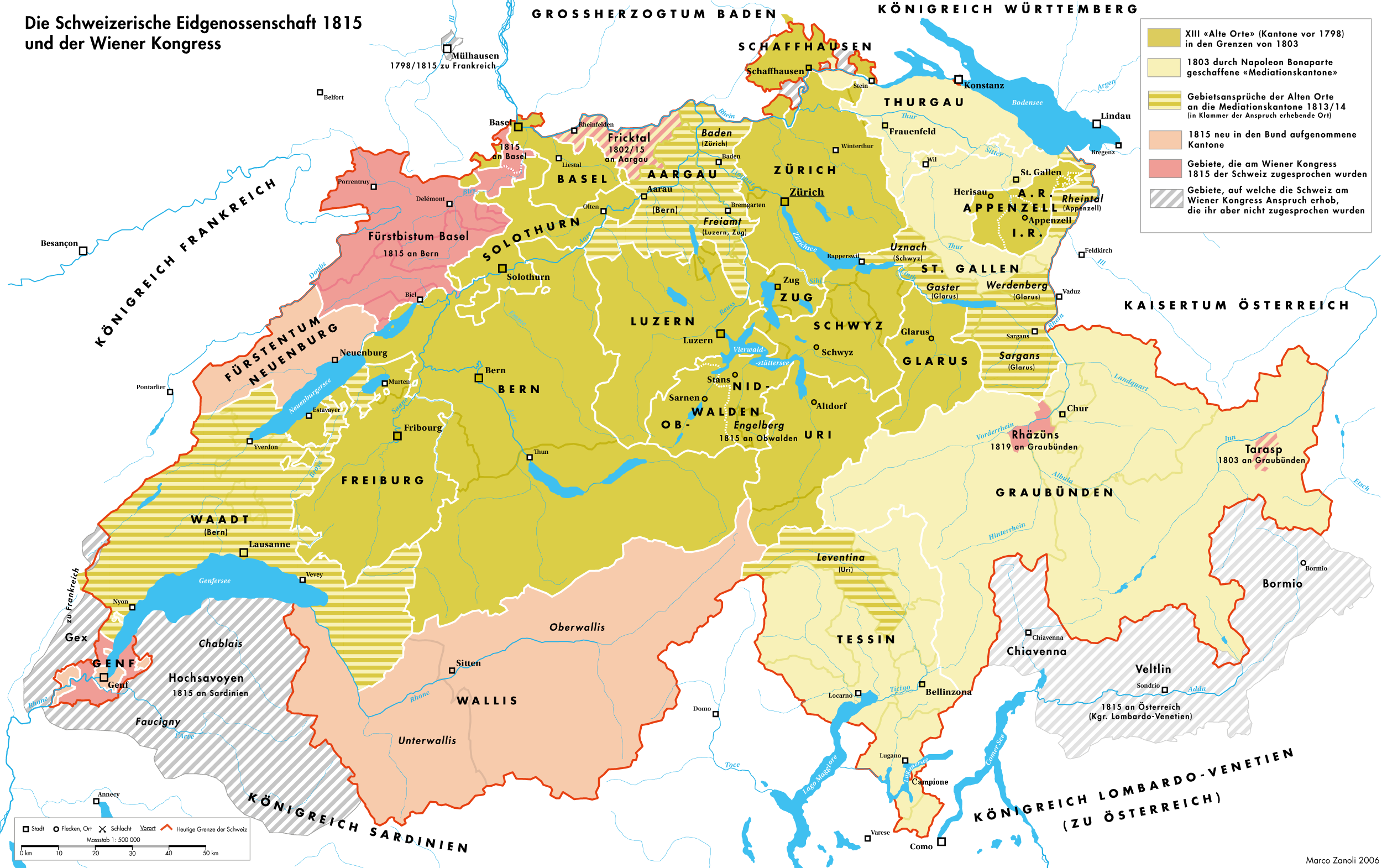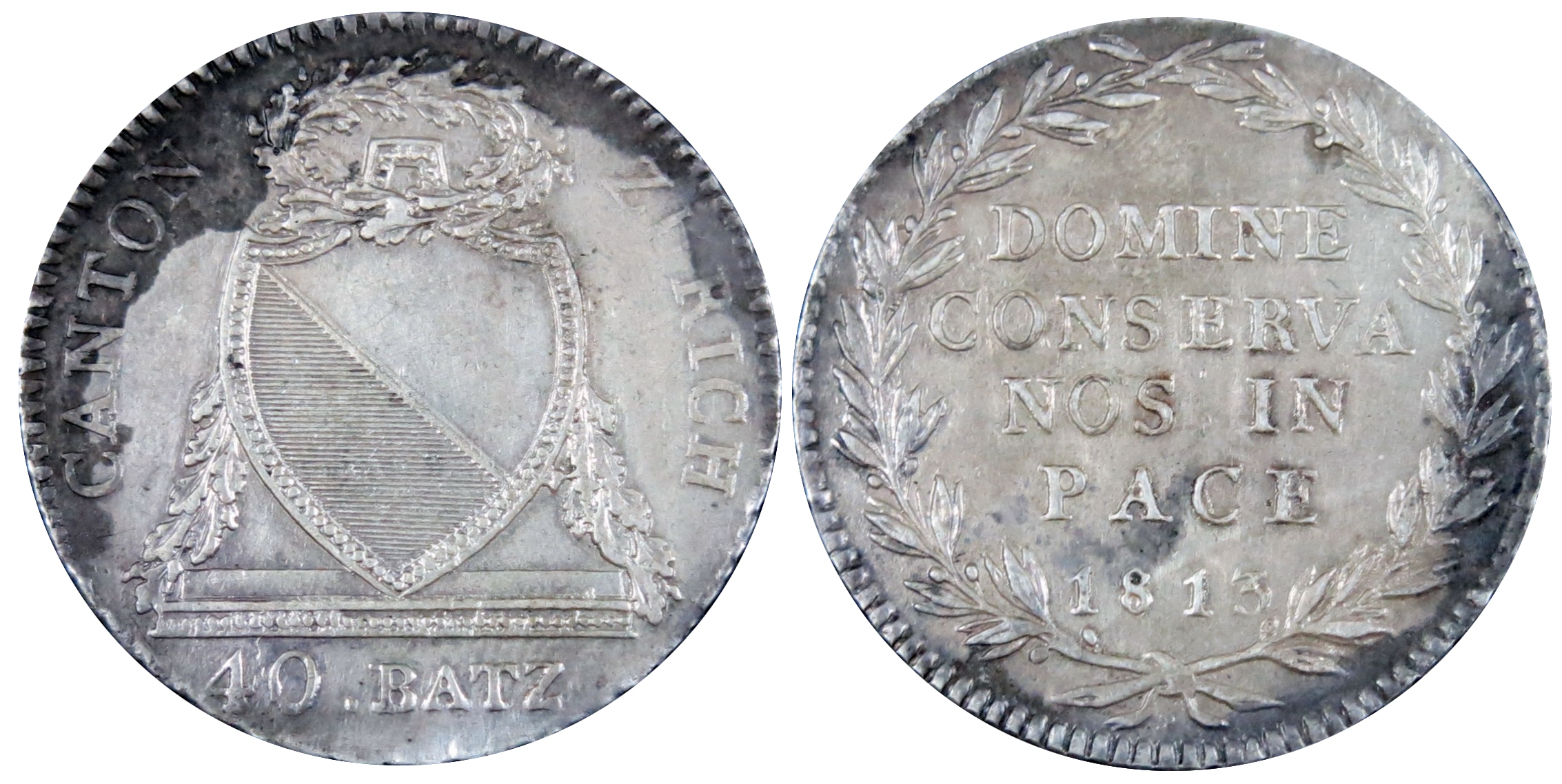|
Maps Of Switzerland
The cartography of Switzerland is the history of surveying and creation of maps of Switzerland. Switzerland has had its current boundaries since 1815, but maps of the Old Swiss Confederacy were drawn since the 16th century. The first topographical survey on a federal level began in 1809, resulting in the Topographic Map of Switzerland (German language, German: ''Topographische Karte der Schweiz'') or ''Dufour Map'' (German: ''Dufourkarte''; French language, French: ''Carte Dufour''). From 1869 to 1901, this map was replaced by the Topographic Atlas of Switzerland (German: ''Topographischer Atlas der Schweiz'') or ''Siegfried Map'' (German: ''Siegfriedkarte''; French: ''Carte Siegfried''). From 1901, the ''Topographical Survey of Switzerland'' is an independent division within the Swiss army, military, introducing the Swiss coordinate system in 1903. The office is renamed as the Swiss Federal Office of Topography in 1979, with thswisstopo.chwebsite online since 1997. Old Swiss Con ... [...More Info...] [...Related Items...] OR: [Wikipedia] [Google] [Baidu] |
Swisstopo Bluemlisalp 50
Swisstopo is the official name for the Swiss Federal Office of Topography, Switzerland's national mapping agency. The current name was made official in 2002. It had been used as the domain name for the homepage of the instituteswisstopo.admin.ch since 1997. Maps The main class of products produced by Swisstopo are topographical maps on seven different Scale (map), scales. Swiss maps have been praised for their accuracy and quality. Regular maps * 1:25.000. This is the most detailed map, useful for many purposes. Those are popular with tourists, especially for famous areas like Zermatt and St. Moritz. These maps cost CHF 13.50 each (2004). 208 maps on this scale are published at regular intervals. The first map published on this scale was ''1125 Chasseral'', in 1952. The last map published on this scale was ''1292 Maggia'', in 1972. Since 1956, composites have been published, starting with ''2501 St. Gallen''. They have the same information, but consist of several parts of re ... [...More Info...] [...Related Items...] OR: [Wikipedia] [Google] [Baidu] |
Johann Stumpf (writer)
Johann Stumpf (23 April 1500 – c. 1578) was an early writer on the history and topography of Switzerland as well as a theologian and cartographer. Biography He was born at Bruchsal (near Karlsruhe), and was educated there and at Strasbourg and Heidelberg. In 1520 he became a cleric or chaplain in the order of the Knights Hospitaller. He was sent in 1521 to the preceptory of that order at Freiburg im Breisgau, ordained a priest at Basel, and in 1522 was placed in charge of the preceptory at Bubikon (north of Rapperswil (SG), in the canton of Zürich). However, Stumpf went over to the Protestants, was present at the Bern Disputation (1528), and took part in the first Kappel War (1529). In 1529 he married the first of his four wives, a daughter of Heinrich Brennwald, who wrote a work (still in manuscript) on Swiss history, and stimulated his son-in-law to undertake historical studies. Stumpf made wide researches, with this object, for many years, and undertook also s ... [...More Info...] [...Related Items...] OR: [Wikipedia] [Google] [Baidu] |
Restauration (Switzerland)
The periods of Restoration and Regeneration in Swiss history lasted from 1814 to 1847. "Restoration" is the period of 1814 to 1830, the restoration of the ''Ancien Régime'' (federalism), reverting the changes imposed by Napoleon Bonaparte on the centralist Helvetic Republic from 1798 and the partial reversion to the old system with the Act of Mediation of 1803. "Regeneration" is the period of 1830 to 1848, when in the wake of the July Revolution the "restored" ''Ancien Régime'' was countered by the liberal movement. In the Protestant cantons, the rural population enforced liberal cantonal constitutions, partly in armed marches on the cities. This resulted in a conservative backlash in the Catholic cantons in the 1830s, raising the conflict to the point of civil war by 1847. Restoration When Napoleon's fall appeared imminent, the Act of Mediation was suspended in late December 1813, and lengthy discussions about future constitutions were initiated in all cantons of Switzerla ... [...More Info...] [...Related Items...] OR: [Wikipedia] [Google] [Baidu] |
Hans Conrad Finsler
Hans may refer to: __NOTOC__ People * Hans (name), a masculine given name * Hans Raj Hans, Indian singer and politician ** Navraj Hans, Indian singer, actor, entrepreneur, cricket player and performer, son of Hans Raj Hans ** Yuvraj Hans, Punjabi actor and singer, son of Hans Raj Hans * Hans clan, a tribal clan in Punjab, Pakistan Places * Hans, Marne, a commune in France * Hans Island, administrated by Greenland and Canada Arts and entertainment * ''Hans'' (film) a 2006 Italian film directed by Louis Nero * Hans (Frozen), the main antagonist of the 2013 Disney animated film ''Frozen'' * ''Hans'' (magazine), an Indian Hindi literary monthly * ''Hans'', a comic book drawn by Grzegorz Rosiński and later by Zbigniew Kasprzak Other uses * Clever Hans, the "wonder horse" * ''The Hans India'', an English language newspaper in India * HANS device, a racing car safety device * Hans, the ISO 15924 code for Simplified Chinese characters See also *Han (other) Han may refer to: ... [...More Info...] [...Related Items...] OR: [Wikipedia] [Google] [Baidu] |
Act Of Mediation
The Act of Mediation () was issued by Napoleon Bonaparte, French Consulate, First Consul of the French Republic on 19 February 1803 to abolish the Helvetic Republic, which had existed since the invasion of Old Swiss Confederacy, Switzerland by French troops in 1798, and replace it with the Swiss Confederation (Napoleonic), Swiss Confederation. After the withdrawal of French troops in July 1802, the Republic collapsed (in the ''Stecklikrieg'' civil war). The Act of Mediation was Napoleon's attempt at a compromise between the ''Early Modern Switzerland, Ancien Régime'' and a republic. This intermediary stage of Swiss history lasted until the Restauration (Switzerland), Restoration of 1815. The Act also destroyed the statehood of Tarasp and gave it to Graubunden. End of the Helvetic Republic Following the French Revolutionary Wars: Campaigns of 1798, French invasion of 1798, the decentralized and Aristocracy (government), aristocratic Old Swiss Confederation was replaced with the h ... [...More Info...] [...Related Items...] OR: [Wikipedia] [Google] [Baidu] |
Johann Jakob Scheuchzer
Johann Jakob Scheuchzer (2 August 1672 – 23 June 1733) was a Swiss physician and natural scientist born in Zürich. His most famous work was the ''Physica sacra'' in four volumes, which was a commentary on the Bible and included his view of the world, demonstrating a convergence of science and religion. It was richly illustrated with copperplate etchings and came to be called the ''Kupfer-Bibel'' or "Copper Bible". Scheuchzer supported Biblical creation, but his support for Copernican heliocentrism forced him to print his works outside Switzerland. He also supported antecedent concepts of Neptunism and considered fossils as evidence for the Biblical deluge. A fossil from Ohningen that he identified as a human drowned by the Flood was later identified as a Miocene salamander which was named after him as '' Andrias scheuchzeri.'' Life and career The son of the namesake senior town physician (''Archiater'') of Zürich and Barbara Fäsi, daughter of the principal of the Lati ... [...More Info...] [...Related Items...] OR: [Wikipedia] [Google] [Baidu] |
Gerhard Mercator
Gerardus Mercator (; 5 March 1512 – 2 December 1594) was a Flemish geographer, cosmographer and cartographer. He is most renowned for creating the 1569 world map based on a new projection which represented sailing courses of constant bearing (rhumb lines) as straight lines—an innovation that is still employed in nautical charts. Mercator was a notable maker of globes and scientific instruments. In addition, he had interests in theology, philosophy, history, mathematics, and geomagnetism. He was also an accomplished engraver and calligrapher. Unlike other great scholars of the age, he travelled little and his knowledge of geography came from his library of over a thousand books and maps, from his visitors and from his vast correspondence (in six languages) with other scholars, statesmen, travellers, merchants and seamen. Mercator's early maps were in large formats suitable for wall mounting but in the second half of his life, he produced over 100 new regional maps in a sma ... [...More Info...] [...Related Items...] OR: [Wikipedia] [Google] [Baidu] |
Eduard Imhof
Eduard Imhof (25 January 1895 – 27 April 1986) was a professor of cartography at the Swiss Federal Institute of Technology, Zürich, from 1925 to 1965. His fame, which extends far beyond the Institute of Technology, stems from his relief shading work on school maps and atlases. Between 1922 and 1973 Imhof worked on many school maps. He drew and shaded maps of Switzerland as well her various cantons and the Austrian province of Vorarlberg. Biography Eduard Imhof was born in Schiers, a town in eastern Switzerland. His father, also Eduard Imhof, was a geographer who taught at a local college. In 1902 the family moved to Zurich, were Imhof continued his schooling. In 1914 he began studying surveying at the Swiss Federal Institute of Technology, continuing until 1919. Whilst a student his studies where sometimes interrupted by military duty guarding the Swiss border as a lieutenant of artillery. During the Second World War he would return to military service in 1939 and serve oc ... [...More Info...] [...Related Items...] OR: [Wikipedia] [Google] [Baidu] |
Canton Of Zürich
The canton of Zurich is an administrative unit (Swiss canton, canton) of Switzerland, situated in the northeastern part of the country. With a population of (as of ), it is the most populous canton of Switzerland. Zurich is the ''de facto'' Capital city, capital of the canton, but is not specifically mentioned in the constitution. The Languages of Switzerland, official language is German language, German. The local Swiss German dialect, called ''Züritüütsch'', is commonly spoken. The canton has the highest Human Development Index score (0.994) List of subnational entities with the highest and lowest Human Development Index#Regions with the highest and lowest HDI, out of 1,790 subnational regions as of 2022. It is also a global Financial centre, financial center and has the List of Swiss cantons by GRP, fourth-highest GRP in Switzerland behind Basel-Stadt, Canton of Zug, Zug and Geneva canton, Geneva by GDP per capita. History Early history The prehistoric pile dwellings ... [...More Info...] [...Related Items...] OR: [Wikipedia] [Google] [Baidu] |
Italian Mile
The mile, sometimes the international mile or statute mile to distinguish it from other miles, is a British imperial unit and United States customary unit of length; both are based on the older English unit of length equal to 5,280 English feet, or 1,760 yards. The statute mile was standardised between the Commonwealth of Nations and the United States by an international agreement in 1959, when it was formally redefined with respect to SI units as exactly . With qualifiers, ''mile'' is also used to describe or translate a wide range of units derived from or roughly equivalent to the Roman mile (roughly ), such as the nautical mile (now exactly), the Italian mile (roughly ), and the Chinese mile (now exactly). The Romans divided their mile into 5,000 (), but the greater importance of furlongs in the Elizabethan-era England meant that the statute mile was made equivalent to or in 1593. This form of the mile then spread across the British Empire, some successor states o ... [...More Info...] [...Related Items...] OR: [Wikipedia] [Google] [Baidu] |






